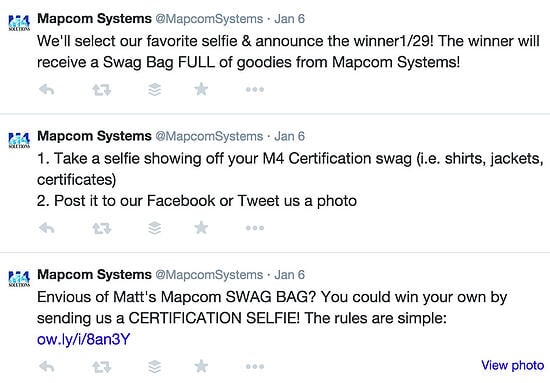If you look at a list of the most popular websites in the world, the vast majority of them are community-driven sites where visitors share content and participate in some kind of discussion or interaction.
Whether visitors are sharing videos (YouTube) or links (Reddit), or just engaging in question and answer about any topic under the sun (Yahoo Answers), there is a huge amount of value in cultivating an active user base that is constantly helping add new content to your website.
For a company that wants to maintain control over its brand image, encouraging user generated content might seem like a double edged sword – but when it is moderated and cultivated properly it can pay off.
How so?
64% of IT professionals claim user generated content helped them solve problems at work through experience-based advice (here's the source). Communities can help deepen relationships with stakeholders and decision makers.
Using a Forum to Super-Power your Site
By far, the best way to create and curate user generated content is through a forum.
Many companies operate effective forums on their own site – often opening them up to the public as well as their current users. For example, a software company might create a forum that registered users can post their questions to – allowing users to learn more about the software while also creating a permanent record of the service/support interactions that you are providing so people that search for the same issue in the future won’t have to create a separate support ticket.
By opening this type of forum up to the public, you get an SEO benefit (all of the new content is included in your total site footprint) as well as the public relations benefit since visitors to your forum will see that you take an active interest in solving customer problems.
Over time, you might even have customers that become so skilled on your product that they start offering support to other customers, creating a self-sustaining ecosystem around your product that can greatly ease the workload of your customer service department.
A good example of a B2B company that has created a "forum" is American Express' OPEN forum, a community where entrepreneurs can exchange advice on issues.
Take action: How can a forum of community benefit your company? By providing a place where industry practitioners, including your prospects, can exchange ideas and advice, it will strengthen your company's credibility and standing in the marketplace.
An easy way to get started? Create a LinkedIn Group about an industry topic and invite connections to join and interact.
Experience Stories and Case Studies
For a B2B company, one of the best ways of creating user-generated content is to build partnerships with clients and vendors and to create case studies.
Case studies basically tell your prospects and website visitors how someone used your product or service, and how it solved their problem. Case studies are highly effective at encouraging late and mid-stream prospects to try a product or service since they demonstrate that the product/service has already been successfully used by a similar organization.
Strive to build a case study in every industry that you do business in, and consider building your case study requirements into a contract in exchange for a discount.
Since your company will get value out of being able to create a high-quality case study, offer a discount or perk to your client in exchange for helping with the case study and promoting it as needed.
Case studies can be accompanied by videos if you have them, and they can be as detailed or as simple as the customer has time for.
Take action: Ask customers for testimonials and photos of your products in action as you complete projects. Post these on your website as social proof selling tools and share on your social media profiles.
Contests and Social Sharing
One of the hardest challenges if you operate your company website is bringing in “net new” traffic to your website – traffic that has never visited your website before and represents a completely new opportunity.
One of the best sources of this traffic is through the social contacts of your existing customers and clients – but reaching these contacts requires a bit of participation on the part of your customers first.
Contests are a great way to encourage your customers to share pictures, videos, and other content with their social networks – and they can bring in a huge number of prospects that visit your site specifically for the contest and stay for the other content and your product.

One example of a contest is the tried and true pumpkin carving contest that Marketo puts on every year. Marketo offers a prize to whoever has the best picture of a pumpkin that they carve, as determined by social voting.
This encourages people to carve a pumpkin and to invite their friends and network to vote for their pumpkin – bringing in more traffic to the site and more than paying for the prize that Marketo offers to the winner.
Take action: Contests may seem completely unrelated and ineffective for your manufacturing or B2B tech company. But contests or more "human interest" content makes your company seem more fun and approachable.
Start small. As a part of your social media strategy at trade shows, offer a giveaway for posting a photo of the attendee at your booth on social media.
How else can your company use user generated content to generate interest and forge deeper relationships?
Share & Prove You Found It First
The Digital Slate
Looking for timely digital marketing and sales insights to grow your business? Subscribe to our monthly digital newsletter for marketing professionals.
Subscribe


